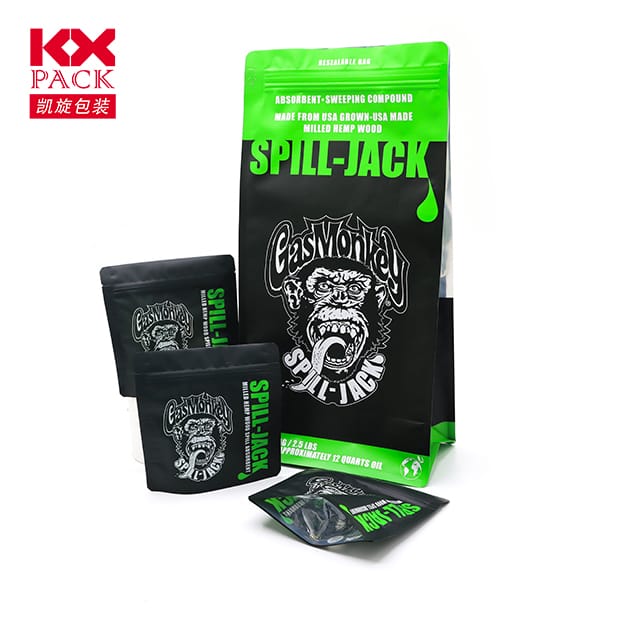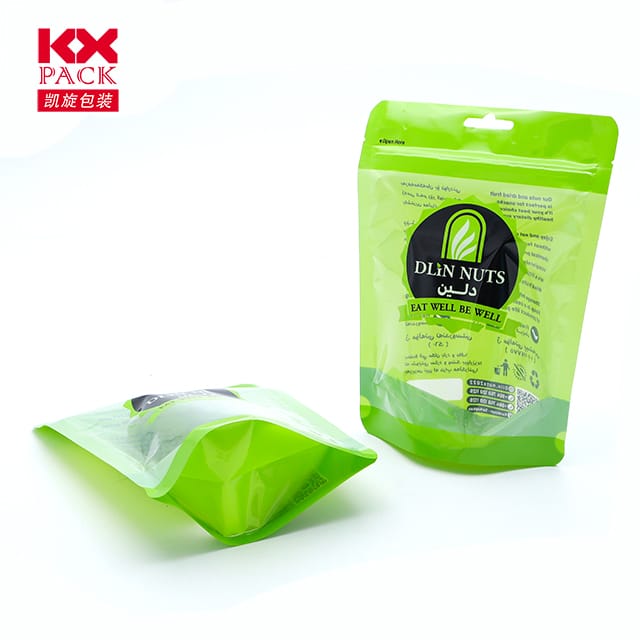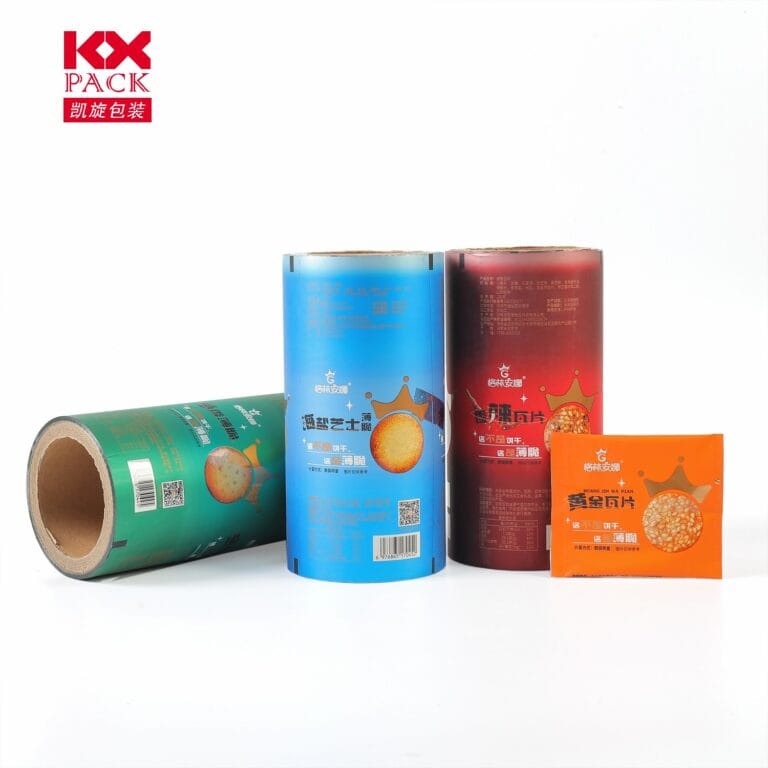L'évolution et l'avenir des films plastiques pour l'emballage: Équilibrer l'innovation et la durabilité
Films plastiques pour l'emballage
Dans le paysage dynamique de l'emballage moderne, Films plastiques pour l'emballage have emerged as indispensable materials, Révolution des industries des aliments et pharmaceutiques à l'agriculture et à la construction. Leur poids léger, durable, et la nature rentable en a fait une pierre angulaire des chaînes d'approvisionnement mondiales. Cependant, À mesure que les préoccupations environnementales s'intensifient, Le secteur des emballages fait face à un défi critique: reconciling the functional benefits of plastic films with the urgent need for sustainability.
1. The Versatility of Plastic Films in Packaging
Films plastiques, y comprispolyéthylène (PE), polypropylène (polypropylène), polyester (ANIMAUX), and polyamide (Pennsylvanie), dominate the packaging market due to their unique properties:
- PE Films: Known for flexibility and moisture resistance, PEBD (polyéthylène à basse densité) is widely used in shopping bags and agricultural mulch, while HDPE (high-density polyethylene) excels in heavy-duty applications like garbage bags.
- PP Films: With excellent chemical resistance and heat sealability, Bopp (polypropylène orienté biaxialement) is a staple in snack packaging and labels.
- PET Films: Celebrated for their transparency and barrier properties, PET films are critical for preserving food freshness and protecting electronics.
- Barrier-Enhanced Films: Des innovations comme silicon oxide-coated PET ou multi-layer composites (Par exemple, PET/AL/PE) offer superior gas and moisture barriers, extending shelf life for perishables like coffee and meat.(Films plastiques pour l'emballage)
These materials not only safeguard products but also enable efficient logistics through their lightweight design, reducing fuel consumption during transportation.
2. The Environmental Imperative: Rethinking Plastic Films
Despite their advantages, traditional plastic films pose significant environmental risks. Single-use plastics, particularly in e-commerce and fast food, contribute to marine pollution et microplastic contamination. Reports estimate that by 2030, global plastic consumption could exceed 7 billion tons annually, with a staggering 50% ending up in landfills or ecosystems.(Films plastiques pour l'emballage)
Les principaux défis incluent:
- Non-Biodegradability: Conventional plastics persist for centuries, harming wildlife and ecosystems.
- Recyclage des obstacles: Multi-layer composites (Par exemple, PET/AL/PE) sont difficiles à recycler, often ending up in incinerators or landfills.
- Pression réglementaire: Governments worldwide are imposing bans or taxes on single-use plastics, urging industries to adopt alternatives.(Films plastiques pour l'emballage)
3. Des innovations au service de la durabilité
To address these challenges, the packaging industry is investing ineco-friendly solutions:
- Films biodégradables et compostables: Materials like PLA (acide polylactique), derived from renewable resources, decompose within months under industrial composting conditions.(Films plastiques pour l'emballage)
- Recyclable Monomaterials: Advances in mono-material PP or PE films simplify recycling by eliminating incompatible layers.
- Barrier Coatings from Renewable Sources: Water-based coatings or nanocellulose layers reduce reliance on petroleum-based barriers.
- Films intelligents: UV-activated, oxygen-sensitive films enhance product safety while minimizing waste.
4. La route à venir: A Call for Collaboration
Achieving a sustainable future for plastic films requires amulti-stakeholder approach:
- Industry: Prioritize R&D into circular materials and design for recyclability.
- Consommateurs: Embrace reusable packaging and support brands committed to sustainability.
- Governments: Enforce strict eco-design standards and invest in recycling infrastructure.
- Innovators: Explore alternatives like bamboo-based composites ou films comestibles for niche applications.
Conclusion: Striking a Balance
Plastic films for packaging remain irreplaceable in safeguarding products and reducing waste in supply chains. Cependant, their future hinges on innovation and responsible stewardship. By embracing biodegradable materials, recyclable designs, and circular economy principles, the industry can mitigate environmental impact while continuing to meet global demand.
As consumers and businesses increasingly prioritize sustainability, the evolution of plastic films will be a testament to human ingenuity—proving that progress and environmental care can go hand in hand.
What are your thoughts on the future of plastic packaging? Partagez vos idées dans les commentaires ci-dessous! 🌍📦💡







